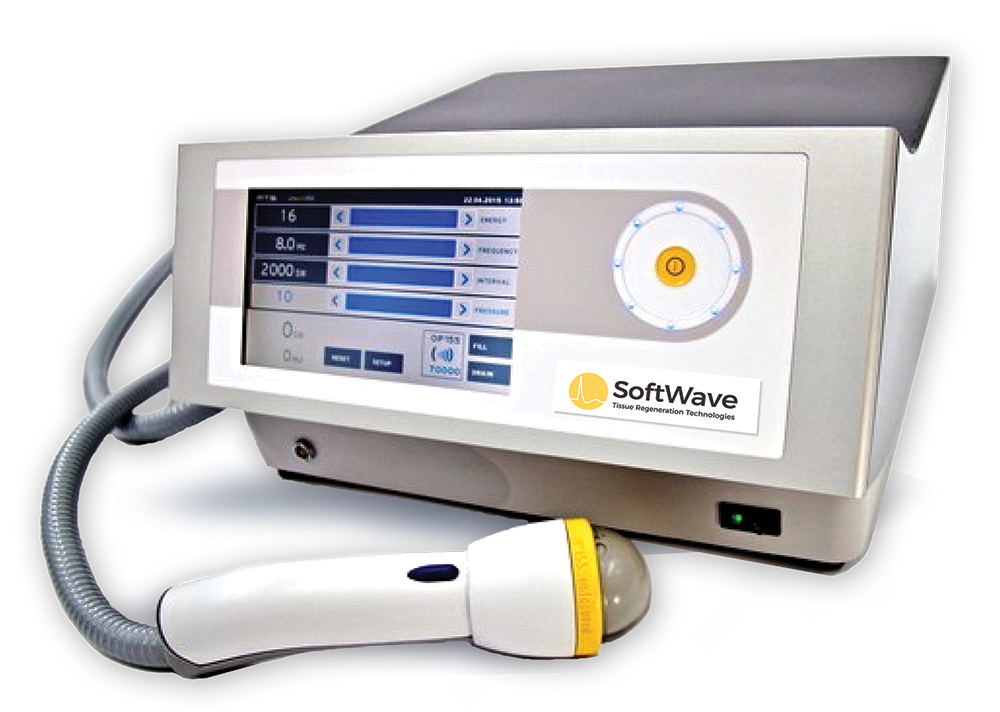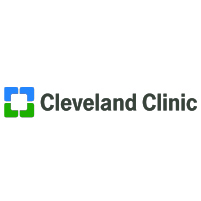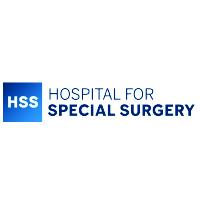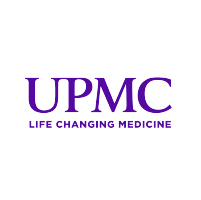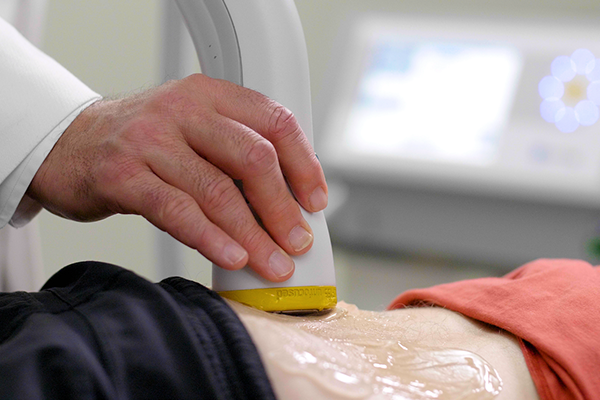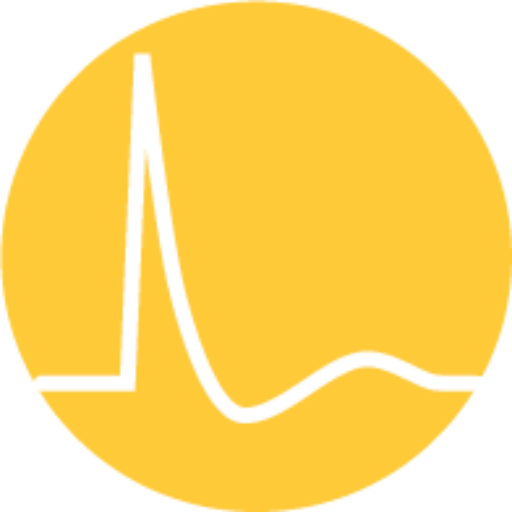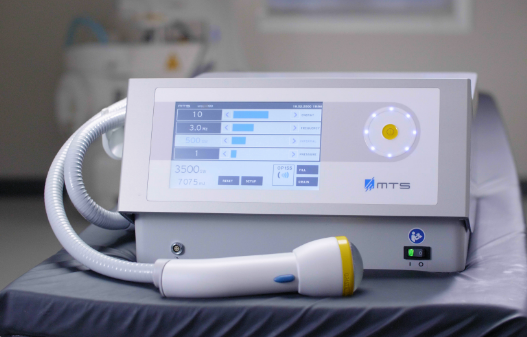SOFTWAVE THERAPY FOR PLANTAR FASCIITIS
Let Healing Begin with SoftWave
SoftWave therapy is a non-invasive treatment that uses patented technology to promote healing at the cellular level, improve blood supply, and initiate the body’s natural healing process.
- Improves blood supply and reduces inflammation
- Patented and FDA(510k) cleared
- 10-15 minute treatment sessions
- Fast acting with long term results
- No downtime, anesthesia, or numbing agents needed
Schedule a $69 new patient appointment or contact us for assistance.
Let Healing Begin with SoftWave
Schedule a $69 new patient appointment or contact us for assistance.
Treat Plantar Fasciitis with An Affordable Alternative to Surgery, Injections, or Medication
Join the thousands of patients who have experienced life-changing relief from SoftWave Therapy.
Trusted By Experts Around The Country
Treating Plantar Fasciitis With SoftWave Therapy
Plantar fasciitis occurs when inflammation affects a thick band of tissue on the bottom of each foot that connects the heel bone to the toes. This condition causes intense pain when taking steps after resting, but tends to decrease over time and reignite after further resting.
Plantar fasciitis occurs when inflammation affects a thick band of tissue on the bottom of each foot that connects the heel bone to the toes. This condition causes intense pain when taking steps after resting, but tends to decrease over time and reignite after further resting.
SoftWave can be a powerful and effective treatment solution for plantar fasciitis. SoftWave is clinically proven with a 61% to 91% improvement in musculoskeletal and general pain complaints. It has helped thousands of patients get real lasting relief.
Plantar fasciitis can make everyday life a nightmare as you struggle to perform essential movements like walking and standing. Sadly, plantar fasciitis impairs the mobility of up to 1% of people and is one of the most common causes of heel pain. Individuals with plantar fasciitis typically experience intense pain in the foot near the heel.
Common causes of plantar fasciitis include small tears caused by tension and stress on the fascia and inflamed fascia.
SoftWave providers can develop a plan for plantar fasciitis. With our $69 New Patient Special, you can try SoftWave today and learn if you’re a candidate for treatment.
Hear From SoftWave Patients
Clinical Studies: SoftWave For Plantar Fasciitis
Efficacy of broad-focused Shockwave Therapy on Plantar Fasciitis
This study found that Shockwave therapy using the OrthoGold 100™ device is effective in reducing pain and improving foot function and quality of life in patients with plantar fasciitis (PF). The study included 108 patients who received 2000 impulses per session for 3 weeks. The treatment led to significant pain reduction and functional improvement with 81.5% of patients reporting satisfaction.
Shockwave Therapy Beats Ultrasound in Treating Plantar Fasciitis
This study compared Extracorporeal Shockwave Therapy (ESWT) and Ultrasound Therapy (UST) for plantar fasciitis and found that ESWT is superior to UST for plantar fasciitis as it improves pain during activity, primary efficacy success rate, activity limitations, and patient satisfaction.
Non-Invasive Healing with Shockwave Therapy for Tissue and Bone Disorders
This study investigates the effects of Extracorporeal shockwave therapy (ESWT) on various tissues such as fractures, osteoarthritis, bone to cartilage, and osteonecrosis of the hip joint. The results show that ESWT enhances angiogenesis and osteogenesis, promoting tissue healing. ESWT has the potential to replace surgery in orthopedic conditions without surgical risks. Overall, ESWT is considered a safe and effective non-invasive treatment option with low complication rates.
New Patient Special
Try SoftWave Therapy for $69 at a clinic near you.
SoftWave FAQs
-
What is SoftWave therapy?
SoftWave Therapy is a non-invasive treatment that uses patented technology to promote healing at the cellular level, improve blood supply, and initiate the body’s natural healing process. SoftWave is performed with a patented device called the OrthoGold, developed by Tissue Regeneration Technologies, and is available at licensed medical clinics throughout the United States. This FDA(510k) cleared technology produces powerful, broad-focused shock waves delivered during treatment to an injured, scarred, or inflamed region of the body. Treatment typically takes 10-15 minutes, and no anesthesia, numbing agents, or recovery time is required.
-
Where can I go to get SoftWave therapy?
SoftWave Therapy is performed by licensed clinicians at doctors’ offices, chiropractic and physical therapy clinics, and medical centers across the United States. Click to find a SoftWave provider in your area.
-
What is the SoftWave treatment process like?
SoftWave is a fast and convenient non-invasive procedure that usually lasts 10-15 minutes, with no downtime required for recovery. First, ultrasound gel is applied, then the SoftWave device is gently placed to deliver shock waves to the injured area. Most patients feel a gentle tapping or pulsing sensation, while some patients may experience mild pain or discomfort. The use of anesthesia or numbing agents is not necessary. Effective communication with the provider during treatment can help identify treatment hotspots and track progress.
Click to see what SoftWave treatment looks like in action.
-
What results should I expect from SoftWave therapy?
If you are a candidate for treatment, SoftWave Therapy can provide both immediate and long-lasting results. After one SoftWave session, patients typically experience a 20-50% reduction in pain and improvement in mobility, lasting from a few hours to several days. Some patients require multiple sessions before experiencing improvement.
To determine if SoftWave is a suitable treatment for you, schedule a $69 New Patient Appointment, where you will receive one SoftWave treatment session, and the provider will assess whether further treatment is appropriate.
Unlike pain medications and injections, SoftWave treatment seeks to activate the body’s natural healing process at the cellular level to deliver genuine and long-lasting results.
-
Is SoftWave FDA-cleared?
SoftWave therapy is FDA(510k) cleared for various indications, including improved blood supply, activation of connective tissue, temporary pain relief, treatment of chronic diabetic foot ulcers, and treatment of acute second-degree burns.
Moreover, SoftWave is a patented and clinically proven treatment option with a success rate ranging from 60-91% for various musculoskeletal and general pain complaints. This therapy is trusted by renowned medical institutions such as Cleveland Clinic, Shepherd’s Center, and Memorial Sloan Kettering, as well as professional sports teams like the Chicago Cubs and Pittsburgh Steelers.
-
Does SoftWave therapy have side effects?
Side effects from SoftWave Therapy are minimal and non-restrictive. SoftWave does not cause bruising or swelling, although some patients may experience slight redness and soreness that typically subsides within one to two days. While recovery downtime is not usually needed, we recommend avoiding high-impact movements or exercise for the first 24-48 hours.
